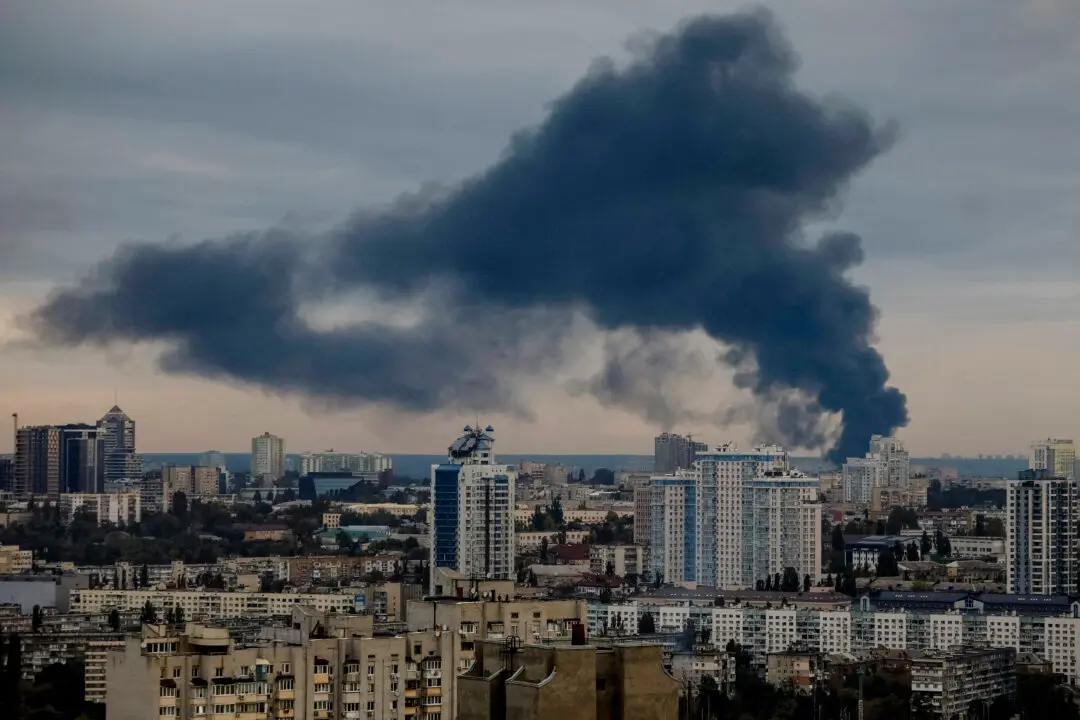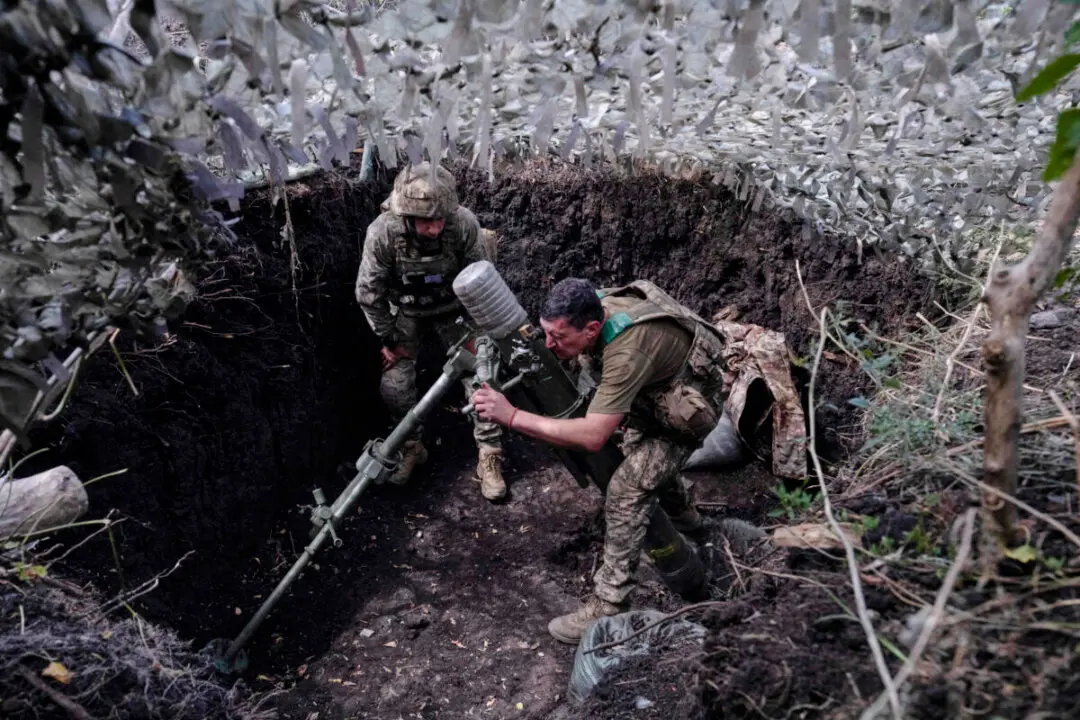Western officials and commentators have begun facing the possibility that Kyiv may lose its war with Russia, which began early last year with the latter’s invasion of eastern Ukraine.
“From a military perspective, a Ukrainian victory is inconceivable,” Italian army Gen. Marco Bertolini, former head of Italy’s Joint Operations Command, told the Italian press earlier this week.





